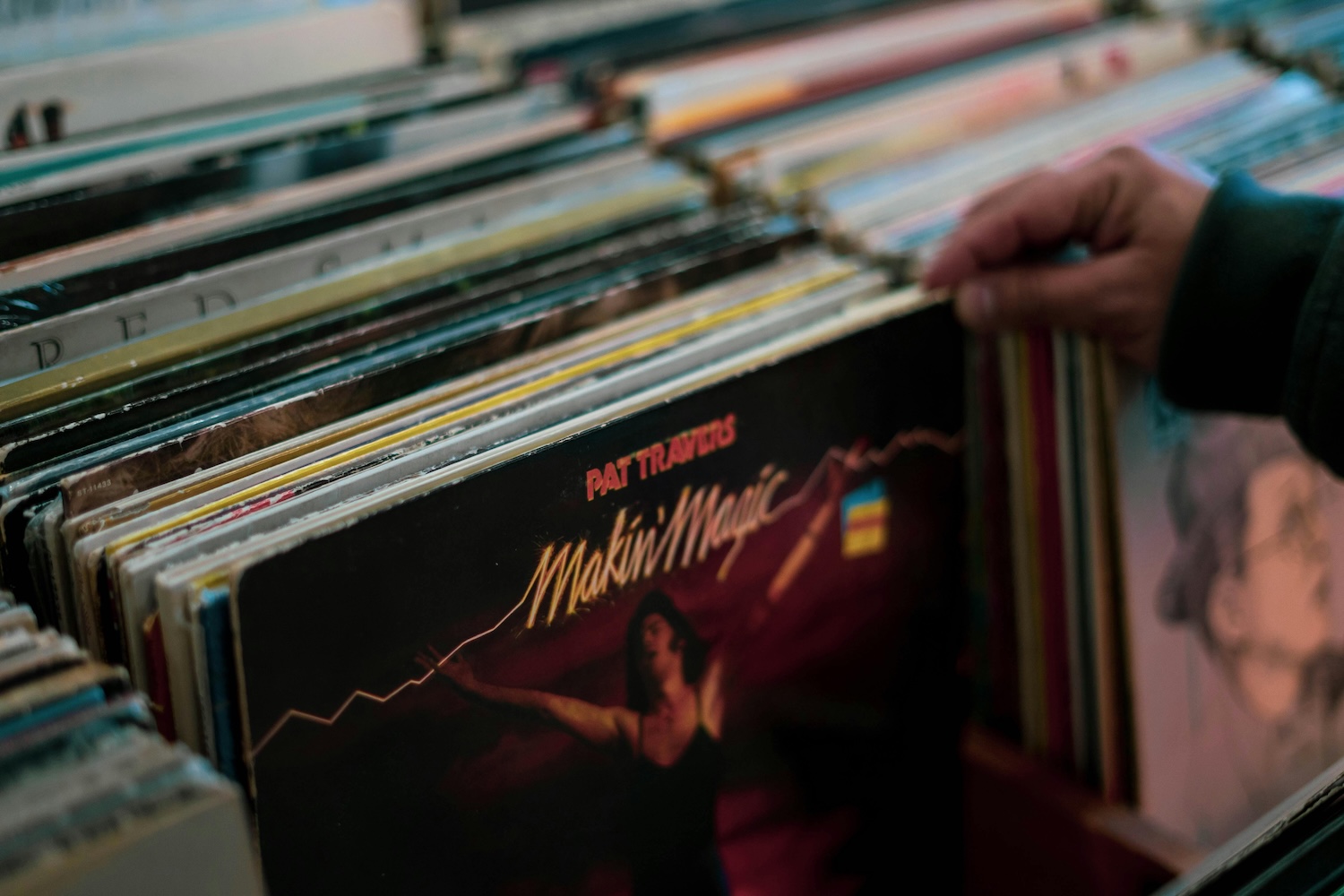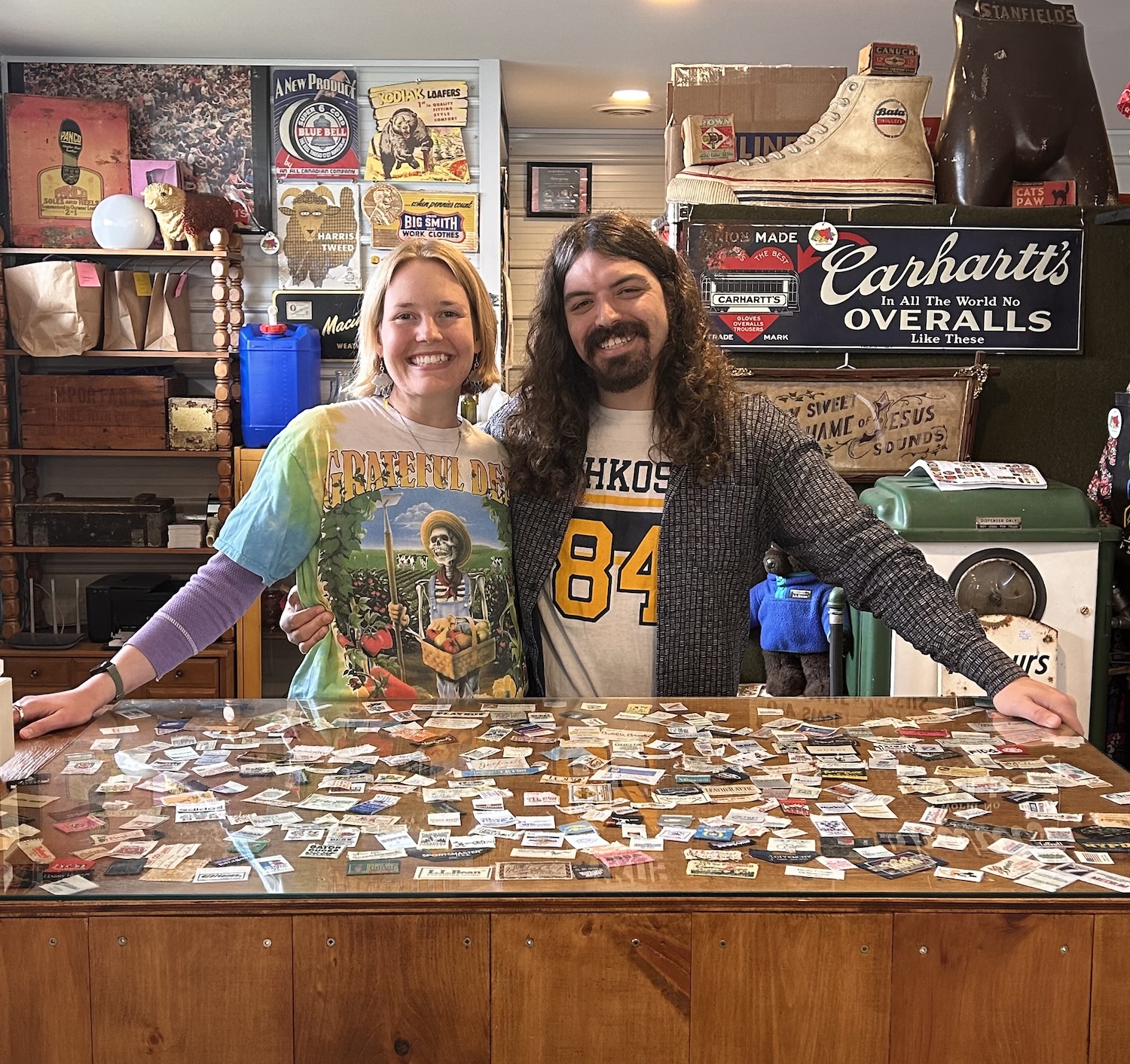
Wear it again: How vintage is the ultimate form of slow fashion
Colorado-based vintage clothing shop Wear It Again Sam is fighting fast fashion with vintage, one dream at a time
Fast fashion is quick, cheap and ready whenever you want it. With a global population of nearly eight billion, clothing is in more demand than ever.
It has also become an integral part of one of the largest money-makers on the planet, and possibly one of the most harmful.
Each year, the trillion-dollar fashion industry pollutes millions of gallons of fresh water for synthetic materials made from petrochemicals.
Developing countries are exploited for cheap labour, and lax environmental regulations allow corporations to crank out a subpar product and create historic levels of toxic pollutants. All shipped from overseas and delivered to your front door.
Fast fashion is also fueled by influencers and continuous marketing on social media — often for nothing other than “likes.”
Most of the clothing found on the market today will quickly wind up in a landfill. Recycling efforts only really cover about one per cent of the textile industry.
Synthetic blends and maintaining profit margins make recycling impractical, and “greenwashing” — the practice of making a product appear more sustainable than it is — is used by corporations to entice environmentally conscious consumers without much impact.
Not all that long ago, clothing was made to last longer. Quality craftsmanship came at a price, yet clothes held up to regular wear and cleaning.

Alterations could be made for a custom fit without ruining the garment. Shoes could be re-soled instead of thrown away. Clothes were designed and made domestically, providing jobs to skilled workers.
They also looked incredible.
Vintage the antithesis to fast fashion
Kim Sewald at Wear It Again Sam in Fort Collins, Colorado is doing her part to fight fast fashion. She sells high-quality vintage clothing from the 1970s going back to the late 1800s.
At an early age, Kim fell in love with vintage watching old Fred and Ginger movies, captivated by the timeless glamour of their style.
At her store, there’s no skin-crawling itch or eye-watering sting of mothballs. Kim’s clothes are curated from estate sales, consignments, and donations — each getting a chance at a new life.
Continued below
Find vintage and antique shops near you
Browse our directory
Continued from above
She has what many thrift-seekers consider to be a top vintage store in Colorado, and her prices are fair, too.
Kim greets regulars and newcomers like they are old friends. Though she prefers clothes from the 1950s, she samples from all eras. Mid-century gowns on her shop mannequins look much as they had when they were brand new.
Mixing old with new
From sweaters to suits, shirts, trousers, skirts and gowns, vintage that can easily hold its own against fast fashion, and not just lend itself to a unique style that will turn heads. An 1800s Victorian women’s jacket can look just as good as part of a modern business formal outfit as it would with an antique bustle skirt.
Some purists demand that vintage be limited to eras, often shunning repros or mixing and matching. This attitude can discourage newcomers, whereas Kim simply guides people to find something inspiring.

A young woman who came into the shop discovered a low-waisted flapper dress from the 1920s. Someone had made it by hand, yet it fit as though it had been made for her. She said it was like something she didn’t know she had always been looking for. She was in tears.
When the customer asked about the dress’s origin, Kim said, “I don’t know where it came from. Heaven? It’s a dream, and now it’s yours.”
That’s what Kim does. She holds onto her customers’ dreams until they are ready to take them home.
‘Slow fashion’
Many of Kim’s outfits come with a story, like the majorette uniform from the 1950s which sits next to a photo of the original owner wearing it in high school.
Kim says that sometimes new owners don’t care to know the history, while others find it fascinating, glad to be a part of its legacy.

Many designer labels have found their way into her inventory. Vintage Oscar de la Renta, Gunne Sax, and even a favourite that got away: a 1950s Christian Dior gown, which someone bought as a wedding dress.
Vintage designs also mean you will be wearing something truly unique, something you can’t get with mass-produced fast fashion.
Kim says the biggest threat to vintage is that it is disappearing. Pieces are becoming rarer, and lots of people don’t even know what they have, especially if they’ve inherited it. These works of art wind up in the landfill with all the SHEIN, Zara and Temu.

With vintage, the environmental impact was already done generations ago. Kim gestures to what she’s wearing: a 1920s B. Altman & Co. Yellow silk chiffon dress. “This is slow fashion,” she says. “It’s a hundred-year-old dress!”
She seems to float in it as she walks. A quality that could never be captured by an off-the-rack dress from a fast-fashion shop, made to be thrown away.
In a world where fast fashion is the standard, vintage slows things down and provides a much different experience.
There’s still plenty of life left in these old threads.
_____
Clinton Harris is a U.S.-based freelance writer and travel journalist living on the road.
Thank you for valuing our work!
Support our work to see this page.
You’ve got a good eye, but this gem is only available for members. Register for a plan or upgrade your current one to peek behind this vintage curtain, or log in below.















